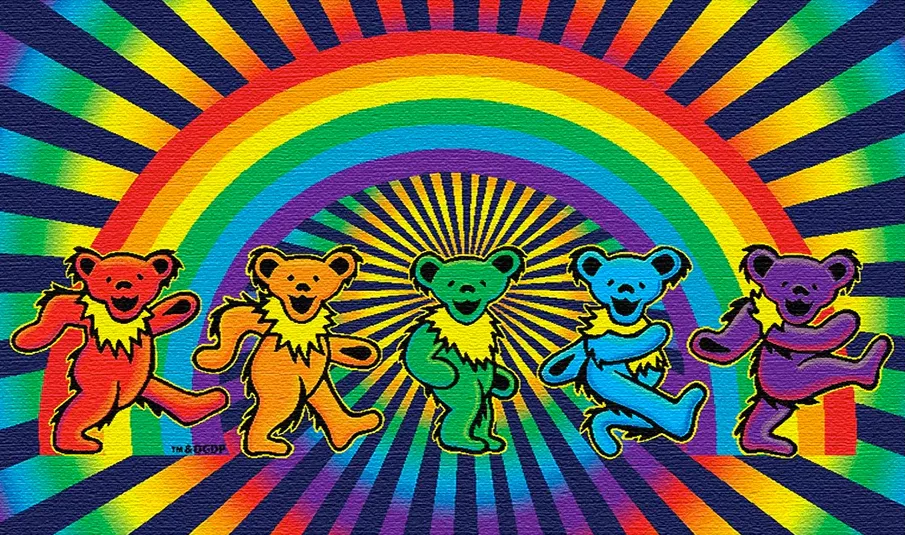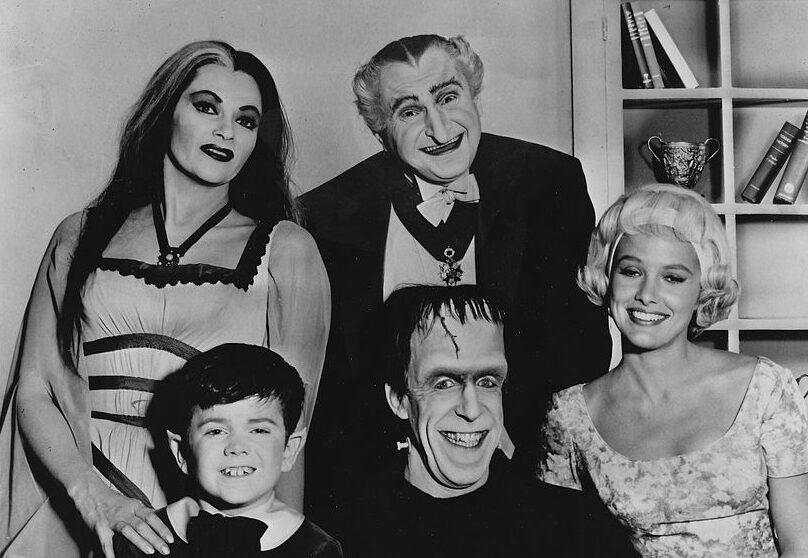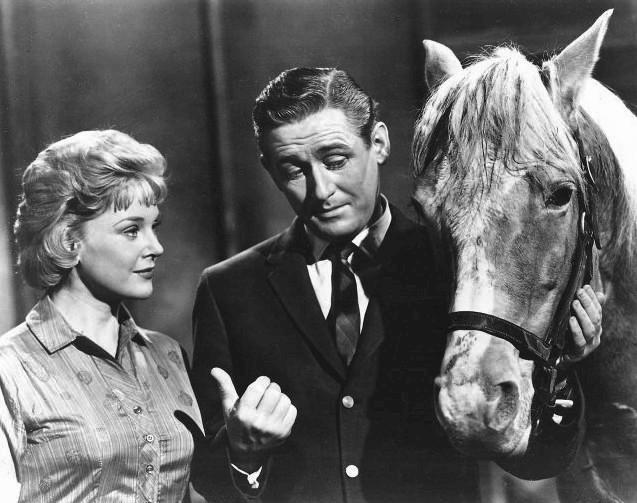Share this article with your network of friends!
For seniors who experienced the vibrant counterculture movement of the 1960s and 1970s, the Grateful Dead holds a special place in their hearts. With their improvisational jam sessions, eclectic blend of musical genres, and a devoted following known as Deadheads, the Grateful Dead became synonymous with the spirit of the era. Let’s embark on a musical journey and celebrate the remarkable career and enduring legacy of the Grateful Dead, a band that continues to captivate listeners across generations.
1. The Birth of a Musical Movement:
Formed in 1965 in San Francisco, the Grateful Dead emerged at the epicenter of the psychedelic rock and hippie counterculture movement. Comprised of Jerry Garcia, Bob Weir, Phil Lesh, Bill Kreutzmann, Ron “Pigpen” McKernan, and later joined by Mickey Hart, the band created a unique blend of rock, folk, blues, country, and improvisational jazz that defied conventional music boundaries.
2. Captivating Live Performances:
The Grateful Dead’s live performances were legendary, often extending into hours-long sets that blended structured songs with improvisation. Their concerts were immersive experiences, characterized by intricate musical interplay, extended jams, and an interactive relationship with their dedicated fanbase. The band’s ability to create a communal atmosphere and a sense of shared celebration made each concert a unique and transformative experience.
3. Iconic Songs and Album Releases:
The Grateful Dead’s discography is a treasure trove of beloved songs that continue to resonate with listeners of all ages. Tracks like “Truckin’,” “Casey Jones,” “Sugar Magnolia,” and “Touch of Grey” captured the band’s diverse musical influences and showcased their lyrical depth. Albums like “American Beauty” (1970) and “Workingman’s Dead” (1970) became cornerstones of the band’s catalog, solidifying their place in rock music history.
4. The Deadhead Phenomenon:
The Grateful Dead’s fanbase, known as Deadheads, became synonymous with loyalty, community, and a shared love for the band’s music. Deadheads followed the band from city to city, building a unique subculture that embraced a sense of adventure, spiritual exploration, and camaraderie. The band’s commitment to their fans was unparalleled, as they allowed and even encouraged the recording and sharing of their live performances.
5. Social and Cultural Impact:
The Grateful Dead’s influence extended beyond their music. They became symbols of the counterculture movement, promoting peace, love, and social consciousness. The band’s support for various causes, including environmental activism and social justice, solidified their place as cultural icons who used their platform to promote positive change.
6. The Legacy Lives On:
Although the Grateful Dead disbanded following the death of Jerry Garcia in 1995, their music and legacy continue to thrive. The surviving members, along with various musicians, have come together for reunion shows and continue to perform as Dead & Company, carrying on the spirit and tradition of the Grateful Dead. Their music lives on, inspiring new generations of listeners and ensuring that the spirit of the Grateful Dead endures.
The Grateful Dead’s musical journey captured the essence of an era and left an indelible mark on the world of music. For seniors who experienced the counterculture movement firsthand, the band’s music served as a soundtrack to their lives and became a symbol of unity and freedom. As we celebrate the extraordinary career and enduring legacy of the Grateful Dead, let us embrace the nostalgia and enduring appeal of their music. The band’s improvisational spirit, infectious melodies, and communal ethos remind us of the power of music to unite, uplift, and transcend time, ensuring that the Grateful Dead’s legacy continues to inspire and captivate listeners for generations to come.
DISCLAIMER: This website contains articles for informational and entertainment purposes only. No articles on this website should be considered as professional advice for any medical, legal, or financial matter. Advertisements and content may contain affiliate links, where the website earns a commission for sales derived from our users.





